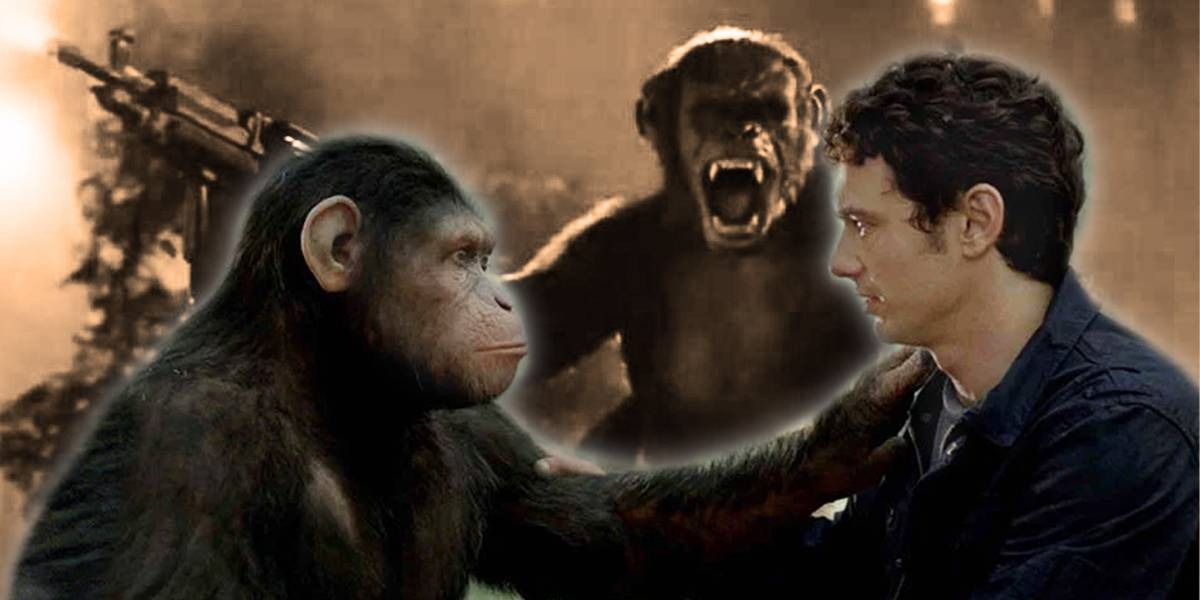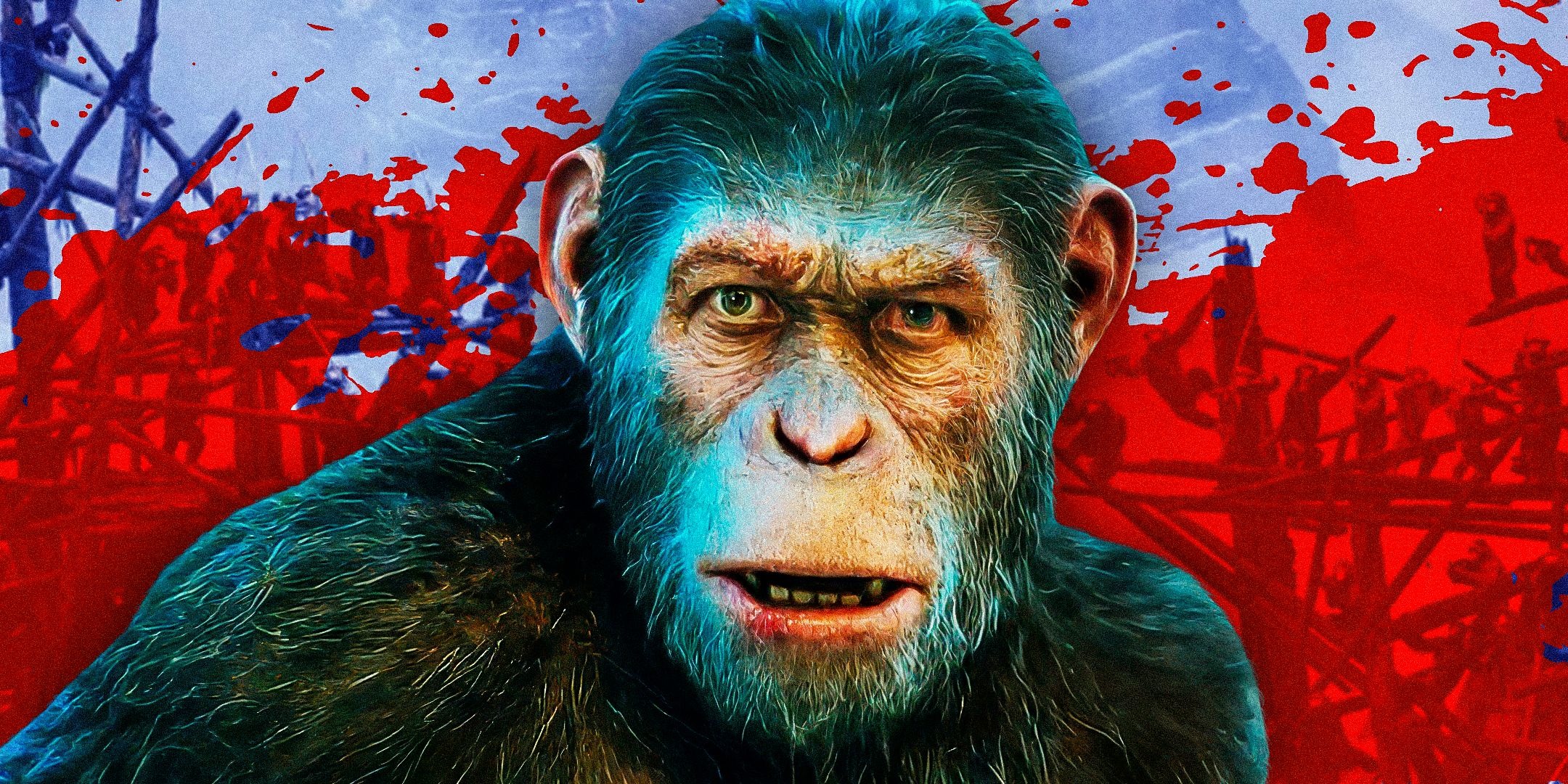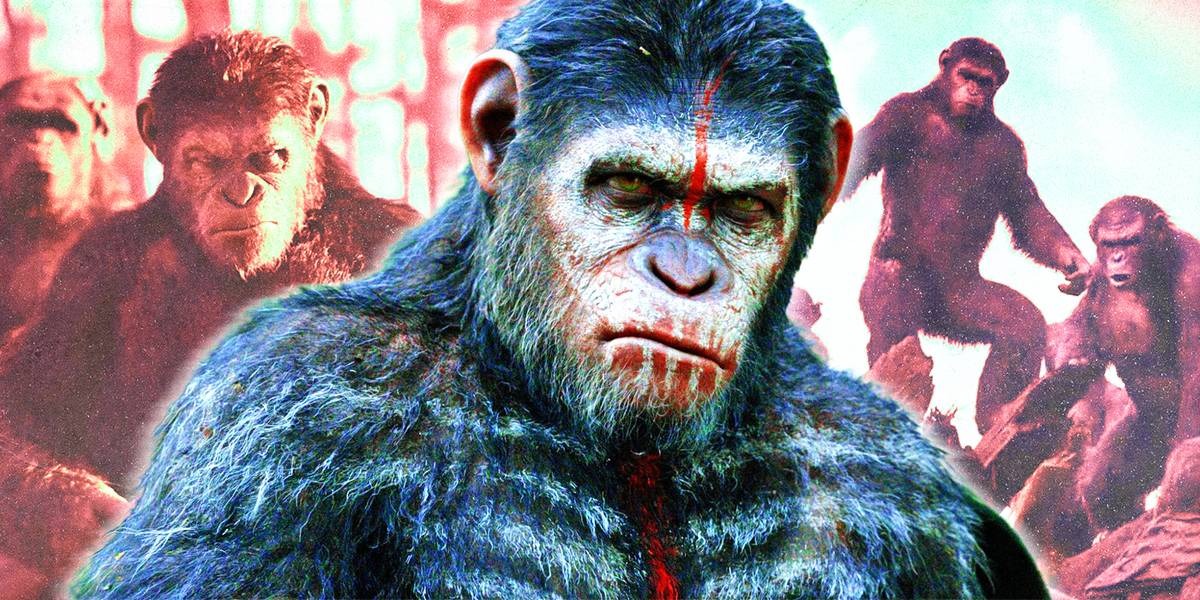The original version of the movie Dawn of the Planet of the Apes had a completely different ending before the filmmakers opted for a more introspective conclusion that focused on Andy Serkis’ character, Caesar. In the final version, Caesar makes the difficult decision to reject Koba (Toby Kebbell) and lets him fall to his death.
The movie ends with Caesar reasserting his authority over the apes, standing proudly among his family and friends, but carrying the heavy burden of knowing that war with the humans is now inevitable. However, the first draft of the ending for Dawn was quite different from what viewers saw in the final cut.

In the original version, the human resistance manages to communicate with the remaining U.S. military forces, leading to a battle between Caesar and Koba atop the remains of the Golden Gate Bridge—the same location as the climactic confrontation in Rise of the Planet of the Apes.
The film would have ended with a shot of Caesar watching American warships approach.
Why Was the Original Ending Scrapped?
The earlier ending for Dawn of the Planet of the Apes almost made it into the theatrical release, and one of the shots involving an incoming warship even appeared in the film’s final trailer. So why was this ending scrapped so close to the film’s release?
The reason lies in director Matt Reeves’ vision for the following installment in the franchise, War for the Planet of the Apes.
In a 2014 interview with /Film, Reeves shared his thoughts on the original ending, explaining, “I felt that it was taking us too far into the next movie, and almost starting the next movie and not letting the emotion of what had just happened, of what Caesar had just achieved… [and] the price he had paid.
It wasn’t letting that resonate.” He went on to say that by shifting focus to the battle ahead, the emotional weight of Caesar’s victory would have been overlooked. Reeves realized that if they showed the warships approaching and set up the next film, it would disrupt the emotional depth that Dawn aimed for.
Reeves’ decision to change the ending was driven by his desire to give the film more emotional resonance. He reflected that the original cut felt rushed and prevented the audience from fully appreciating Caesar’s journey and the consequences of his actions.
After previewing the ending to some viewers, he realised that the early set-up for the next film left too many questions unresolved and that the pacing didn’t allow the emotional beats of the story to truly sink in.
A More Thoughtful Conclusion
Instead of the battle-ready ending, the final version of Dawn features a more reflective and emotional close. The closing shot mirrors the opening scene, focusing on Caesar’s gaze and the inner turmoil he faces after all that has happened.

This change not only avoids an abrupt transition into the next chapter but also emphasises the character development of Caesar, showing his burden and the weight of leadership.
Had they kept the original ending, it would have immediately set the stage for the next movie and stirred up excitement for War for the Planet of the Apes, a common strategy in blockbuster filmmaking.
But Reeves chose a more measured approach, prioritising character development and thematic depth over early hype for the sequel. This change paid off, as critics lauded Dawn of the Planet of the Apes for its compelling discussion, thrilling action, and emotional complexity.
The film currently holds an impressive 88% audience rating on Rotten Tomatoes, reflecting its widespread success.



